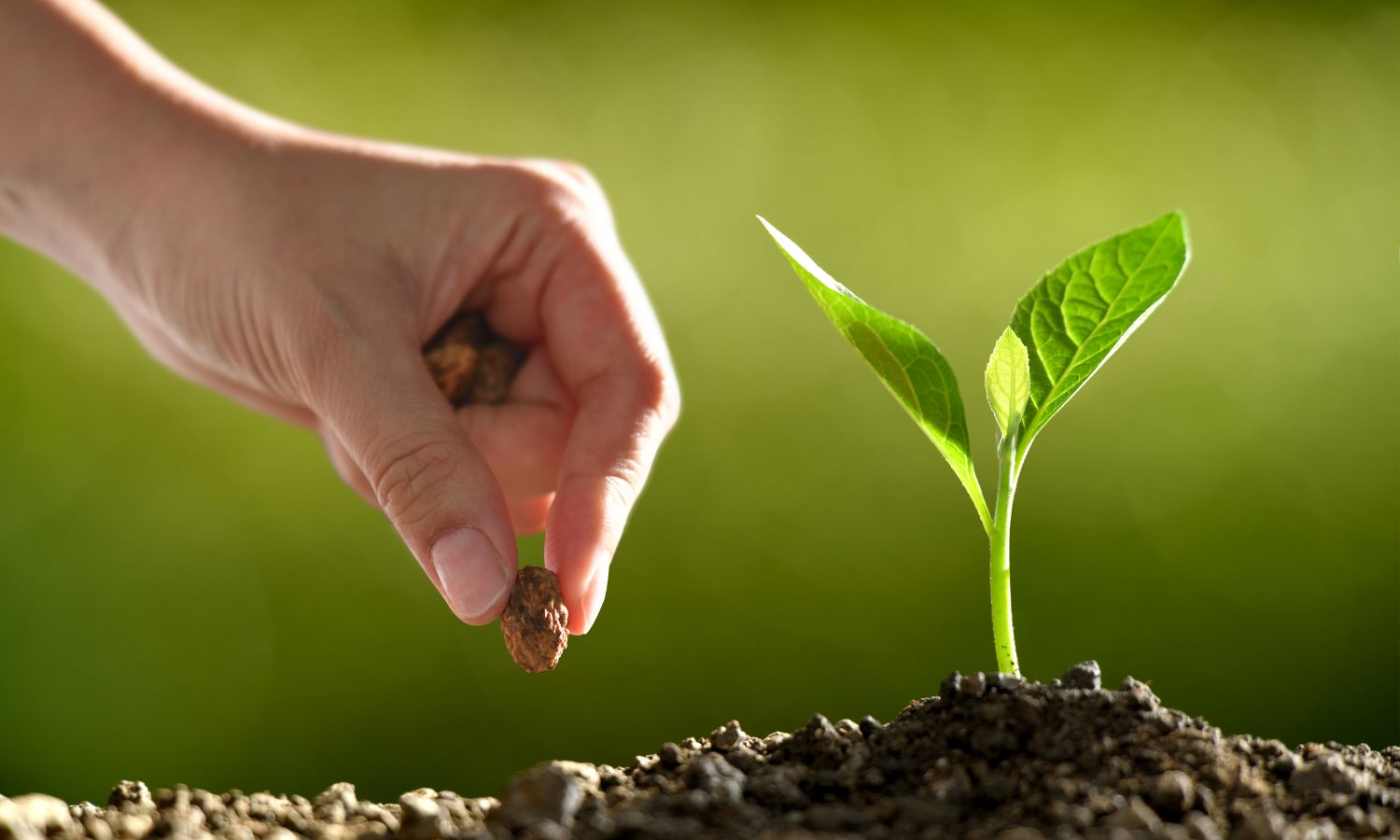In every thriving forest, lush farm, or modest houseplant lies an intrinsic network of life processes that typically go unnoticed by the unaided eye. One such process is plant transpiration, where water is lost as vapor, a phenomenon regulated by a particular type of cell found within a plant's leaves. This specific cell is none other than the mesophyll cell – a powerhouse performer orchestrating an essential task mysteriously cloaked within the verdant canopies of our vegetative covering.
This article peels back those leafy layers to reveal the fascinating relationship between mesophyll cells and plant transpiration. We invite you to journey with us into the heart of this cellular network, unearthing its significance, and exploring how understanding this crucial relationship can usher in groundbreaking developments in diverse fields such as agricultural practices, environmental studies, and biotechnological advancements.
Mesophyll Cells: The Key Players in Plant Transpiration
The cellular architecture of the plant leaf constitutes various functional constituents, among which mesophyll cells play a pivotal role. These cells, abundant in chloroplasts, set the stage for the crucial process of photosynthesis. The energy harvested through this process enables a myriad of activities necessary for plants' survival.
Structure and function of mesophyll cells
Principally tucked between the leaf's upper and lower layers, mesophyll cells serve as the anchor for chloroplasts, the photosynthetic units of the plant, contributing to carbon assimilation and plant biomass. Integrated within the mesophyll surface are specialized structures known as stomata, gatekeepers for gas exchange with the external environment.
Role of mesophyll cells in plant transpiration
A much-overlooked function of mesophyll cells is their role in plant transpiration, a crucial water-uptake-and-release mechanism. Mesophyll cells absorb water from the root system in liquid form and facilitate its upward movement. These cells also release water vapor to the atmosphere through the stomata, primary in the regulation of the plant's water balance.
The Significance of Understanding the Relationship between Mesophyll Cells and Plant Transpiration
In the realm of botany, plant transpiration is critical for various biological processes. It assists in regulating temperature and enables the absorption and transport of key nutrients. The process is intertwined with mesophyll cells, cellular components integral to plant growth and survival. Unraveling the relationship between these two entities bears significant implications for the agricultural sector, especially in sustaining crop yields and improving water efficiency.
The Link Between Mesophyll Cells And Transpiration
Situated just below the leaf surface, mesophyll cells play an essential role in transpiration. Their unique structure enables them to regulate the amount of water evaporating from the leaf surface, hence affecting the rate of transpiration. Furthermore, their role in maintaining cellular turgidity optimizes nutrient uptake and distribution, assisting plants in mitigating and adapting to various environmental conditions.
Implications for Plant Growth and Survival
The relevance of this cellular interplay can be seen in the quest for improving crop yield and water efficiency. It is generally observed that a better understanding of how mesophyll cells influence transpiration could lead to the development of practices and strategies that optimize water usage while ensuring sufficient crop yields. It means better adaptation to diverse environmental conditions and, by extension, the possibility of increased harvests and food security.
Implications for Research and Development Companies in Israel and Worldwide
Understanding the intricate dynamics between mesophyll cells and plant transpiration has vital implications for research and development operations, particularly in Israel and globally.
Applications in Agriculture and Crop Research
Insights from mesophyll cell analysis can be wielded to enhance stress tolerance in crops and expedite the development of drought-resistant varieties, key aspects in fostering resilient agriculture particularly in arid regions like Israel.
Environmental Impact Studies
It's also instrumental in environmental impact assessments, facilitating the study of climate change effects on plantlife and aiding in monitoring water usage and conservation, issues of global importance.
Advancements in Biotechnology
It paves the way for pioneering progress in biotechnology, such as genetic modifications aimed at augmenting transpiration efficiency and novel technologies for mesophyll cell analysis that promise to modernize cellular study. As we will explore in the next segment, analysis of these key plant cells plays a critical role in optimizing transpiration efficiency.
Optimizing Transpiration Efficiency through Mesophyll Cell Analysis
Understanding the efficiency of transpiration is a high priority for sustainable agriculture, given the mounting challenges of global water scarcity and economic factors. With advancements in cellular analysis techniques such as imaging and molecular assays, intricate details of mesophyll cells can now be examined, providing unprecedented insights into their role.
Proactive strategies ranging from selective breeding to biotechnological interventions can then be put in place, thereby taking significant strides in optimizing transpiration efficiency. Coupled with mesophyll cell analysis, such tactics can lead to a more efficient, sustainable and economically viable future for agriculture, as illustrated previously in the context of Research and Development Companies.
Frequently Asked Questions on Mesophyll Cells and Plant Transpiration
Here are some commonly asked questions about the relationship between mesophyll cells and plant transpiration, and the implications for research and development.
- What are mesophyll cells and why are they important in plant transpiration?
Mesophyll cells are a type of ground tissue found in plant leaves. They contain chloroplasts for photosynthesis and are responsible for the absorption and release of water, playing a crucial role in plant transpiration. - How does understanding the relationship between mesophyll cells and transpiration benefit plant growth and survival?
Understanding this relationship helps in the development of strategies to improve plant adaptation to environmental conditions and efficient use of water resources, which consequently boosts crop yield. - Why is this understanding critical for research and development companies, specifically in Israel and worldwide?
This understanding is vital in the agriculture and crop research industry for enhancing stress tolerance in crops and developing drought-resistant varieties. It also aids in environmental studies and advancements in biotechnology. - How can transpiration efficiency be optimized through mesophyll cell analysis?
Techniques for mesophyll cell analysis such as microscopy, imaging, and cellular assays can be used to study mesophyll structure and function. These insights can guide strategies for improving transpiration efficiency, such as breeding and selection, or biotechnological interventions. - What are some of the economic considerations when optimizing transpiration efficiency?
Improving transpiration efficiency is not only crucial from an environmental perspective, but also economically essential. Efficient water use can lead to better crop yield and sustainability, especially in arid regions like Israel where water scarcity is a common challenge.

